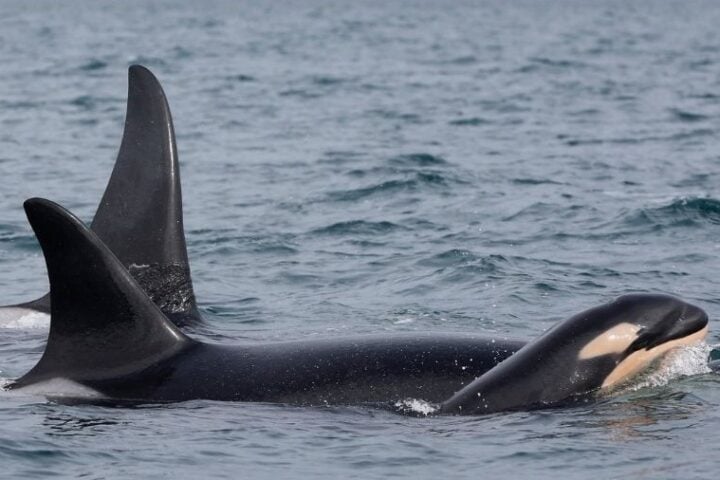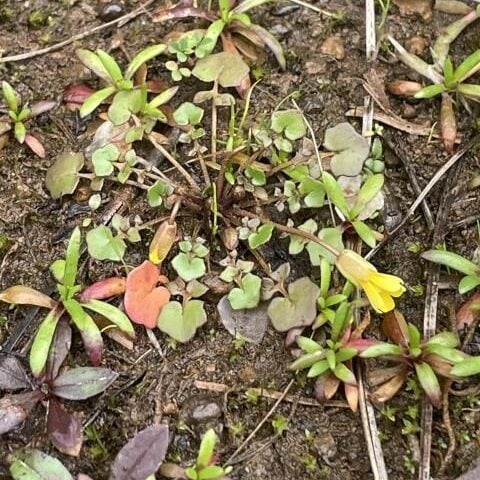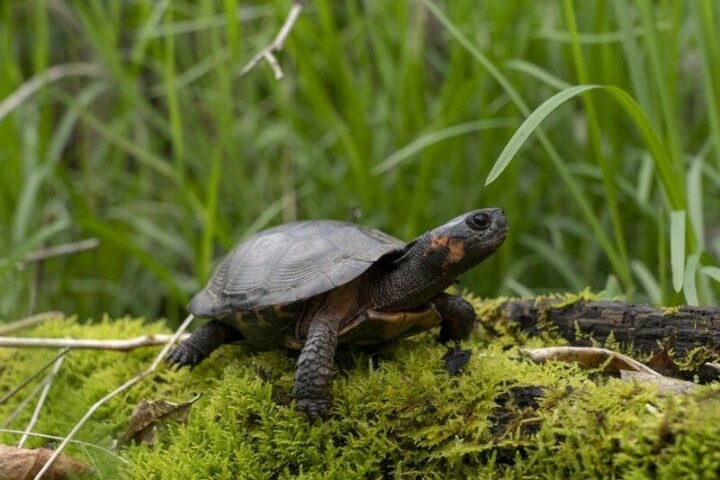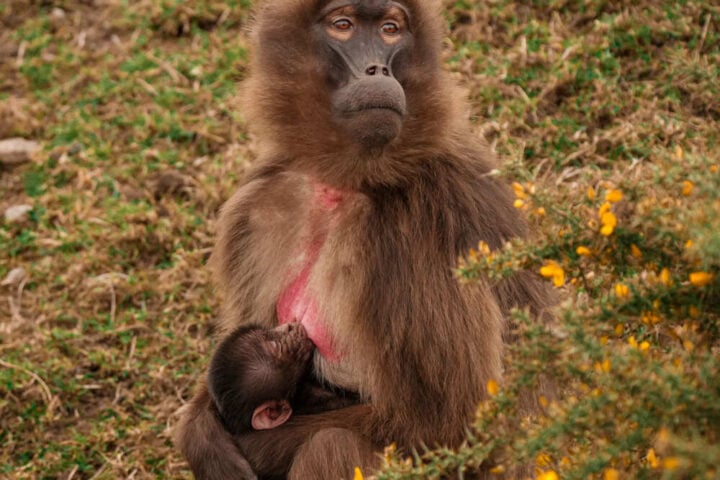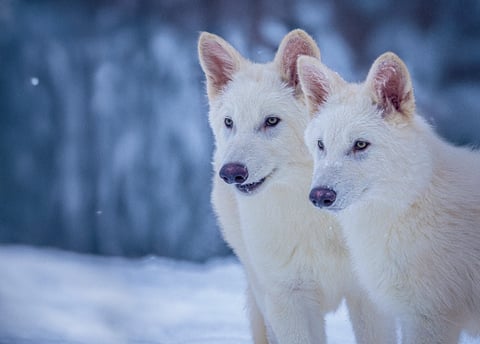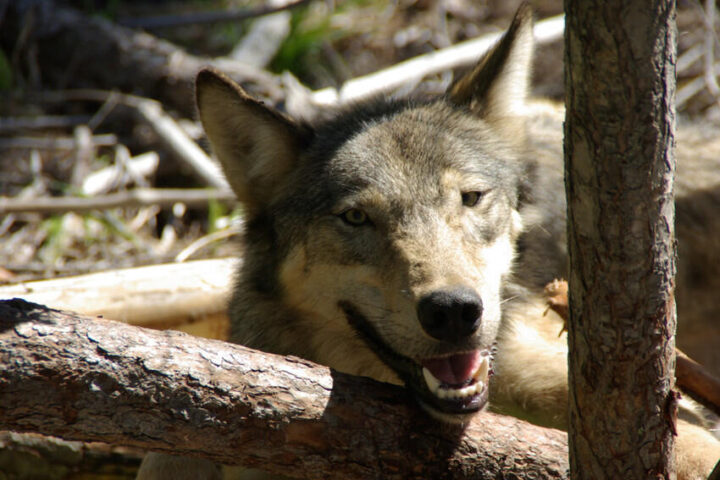By adopting the Global Biodiversity Framework (GBF) in 2022, the world made the biggest decision to mainstream and conserve biodiversity. The GBF sets 23 targets for saving nature by integrating it into the rest of life: economy, well-being, and climate action. According to Neha Sinha, head of policy and planning communications at WWF-India, these targets need to be met by 2030. This will ensure we reverse nature loss and become nature-positive for people and the planet. This means we only have five years to take urgent action.
In a study published in 2023 in the Proceedings of the National Academy of Sciences, researchers from the University of Minnesota and Purdue University found that investments in nature, through augmenting ecosystem services, accrue annual gains of $100-350 billion each year. It is increasingly becoming clear that how we plan challenges linked to the environment will be key to the well-being of citizens.
Several countries, also called parties, came together from May 21-29 in Nairobi for a meeting on the Subsidiary Body of Implementation under the aegis of the Convention on Biodiversity (CBD). The GBF calls for the involvement of women, youth groups, tribals, and other under-represented communities in implementation. Two-way capacity building and participation will be required by this.
The GBF’s key elements are four goals for 2050 and 23 targets for 2030. The implementation of the GBF will be guided and supported through a comprehensive package of decisions also adopted at COP 15. An enhanced mechanism for planning, monitoring, reporting, and reviewing implementation, and the necessary financial resources for implementation are some of the parts of the package. The package also includes strategic frameworks for capacity development and technical and scientific cooperation, as well as an agreement on digital sequence information on genetic resources.
Similar Posts
“The Biodiversity Plan: For Life on Earth” includes a visual identity. It will send public-facing messages for the goals and targets. Future phases will include support for all UN languages and a system of icons that assist in reporting on the implementation of the framework. In short, the GBF, if properly implemented, will be a boon to preserve and protect the natural biodiversity of the planet.


![Secretary-General's special address on climate action "A Moment of Truth" [as delivered] Source: Google](https://www.karmactive.com/wp-content/uploads/2024/06/Screenshot-2024-06-08-at-6.05.08-PM.png)
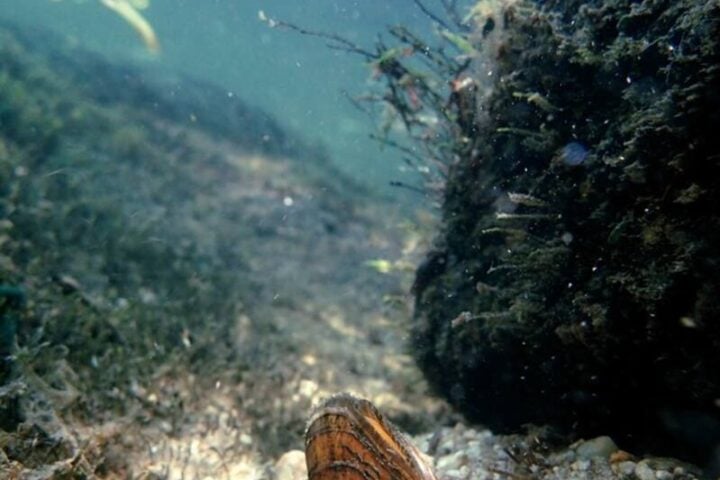




![Representative Image: European Starling [49/366]. Photo Source: Tim Sackton (CC BY-SA 2.0)](https://www.karmactive.com/wp-content/uploads/2025/04/Starlings-Drop-82-in-UK-Gardens-as-Birdwatch-2025-Reveals-Record-Low-Count-Since-1979-720x480.jpg)

